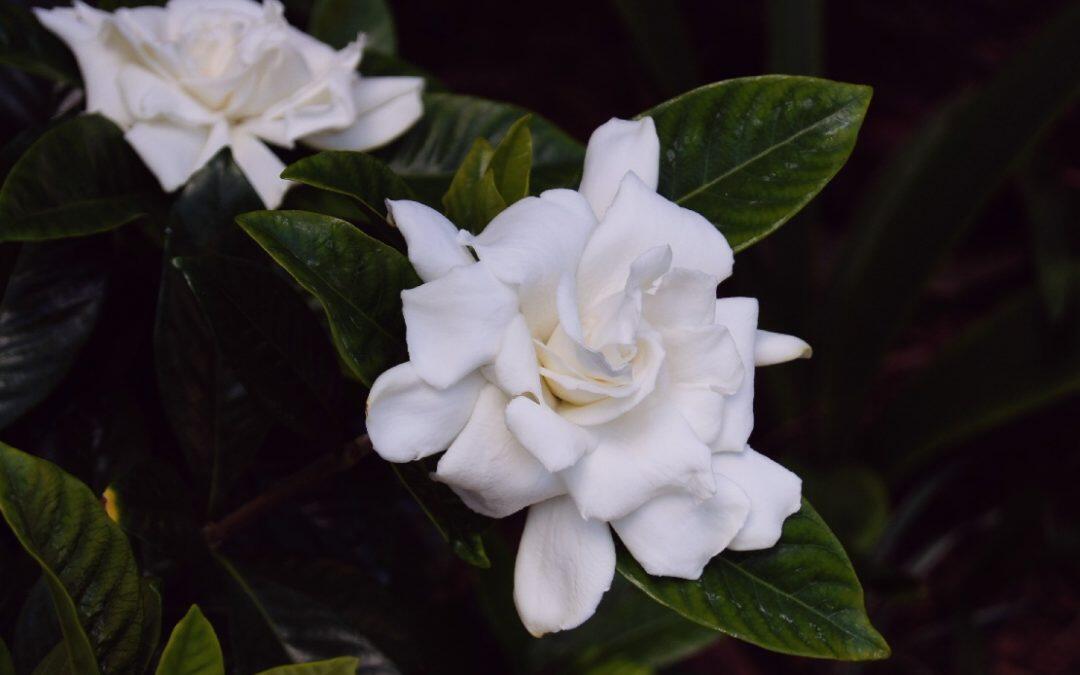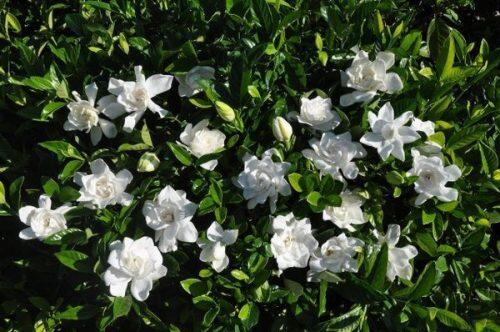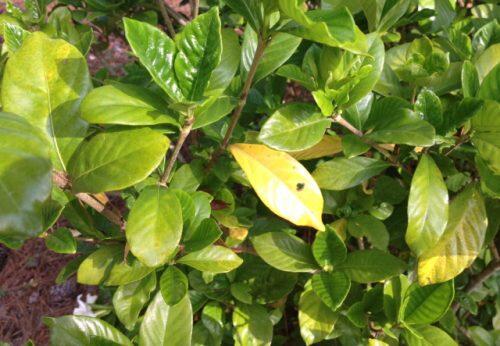Have you realized that your gardenia is becoming a bit “gloomy”? Plants are very sensitive living things, and neglecting them for recurring times will not have a good outcome. So how should you take care of your gardenia? and how should you treat gardenia diseases?
The basics of caring for any plant, and not just gardenia is making sure it has adequate moisture. Gardenia loves water, and watering it every second day is the best way to ensure proper moisture, a plant expert told “greenarea.info”.
Plants should be fed as well, so make sure to provide Calcium for your gardenia, and try to get acidic soil, because gardenia love this type of soil.
Now we get to the diseases part. Personally, I have seen yellowing leaves on my gardenia plant. So, I did some research to find out the reason for the lovely green leaves turning yellow. Yellow leaves meant that my plant has chlorosis. So I should sprinkle iron chelates or sulphate of iron at the base of it, and then water it.
I searched for other disease that this plant might have as well, so I found the following:
Powdery Mildew: The fungus, Erysiphe polygoni, causes powdery mildew on gardenias. Fungi that cause powdery mildew typically grow on the surface of a plant sending only their haustoria (specialized organs for absorbing nutrients and water) into the plant cells.
Control: Properly space plants to allow for good air circulation which reduces the humidity level needed by the fungus to infect. Prune out diseased tissue, and rake up and destroy fallen leaves.
……………………
Nematodes: Leaves may show yellow mottling and other indications of a nutritional deficiency. Over time the plant may become stunted and exhibit dieback of branches.
Control: Depending on the amount of root damage, gardenias may benefit from more frequent applications of water and fertilizer. In addition, mulching is helpful. Severely affected gardenias should be removed and destroyed.
……………………..
Sooty Mold: A charcoal-black, powdery or velvety coating on leaves and other plant parts is the result of growth of one of the commonly occurring sooty mold fungi.
Control: Important first steps include identifying the plant that is infested and the insect that is causing the problem. When identifying the infested plant, always look at plants growing above the gardenia as well as the gardenia itself. With a sufficiently heavy infestation of sap-sucking insects, the sticky honeydew may drip from an infested plant to non-infested plants growing below (as well as onto objects such as lawn furniture, decks, cars, etc.).













